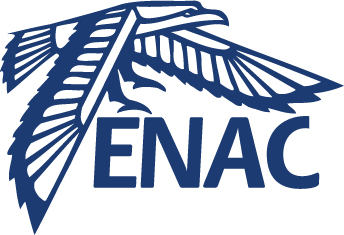Development of a High-Performance Compact RPA dedicated to Atmospheric Research
Résumé
The use of small RPAS (Remotely Piloted Aircraft System) in atmospheric research has increased because of their compact size and ease of operation. However, their relatively lower performance compared to bigger UAVs highly limits the endurance, range, and payload capabilities. This paper presents an optimized RPAS which is designed for atmospheric research mission in mind particularly for the VOLTIGE (Vecteur d'Observation de la Troposphère pour l'Investigation et la Gestion de l'Environnement) project where a fleet of UAVs will fly simultaneously in and out of fog. A flying-wing configuration with four control-surface is designed to separate elevator and aileron controls. Span-wise surface area distribution is optimized with vortex-lattice method in order to take advantage of individual elevator use for better span efficiency and lift generation by positive camber change. This particular behavior on a flying-wing configuration reduces the required pitch angle envelope and oscillations which is beneficial for the turbulence and albedo measurements. High frequency data logging system is integrated into the main autopilot and communication between payload is improved in order to synchronize attitude and payload measurements and have an efficient sensor-based navigation. The result of the synergetic optimization leads to an RPAS (called FENIX) with the capability of flying up to two hours with 150 grams of payload, while keeping the hand-launch capability as a constraint, for regular atmospheric research missions. After several flight campaigns and field tests, further improvements are taken into consideration for a better mission performance and ease of operation. The modifications are in-progress within the hopes that they will change the way scientists utilize the small RPAS, and adapt the missions with the new available improved performance.
